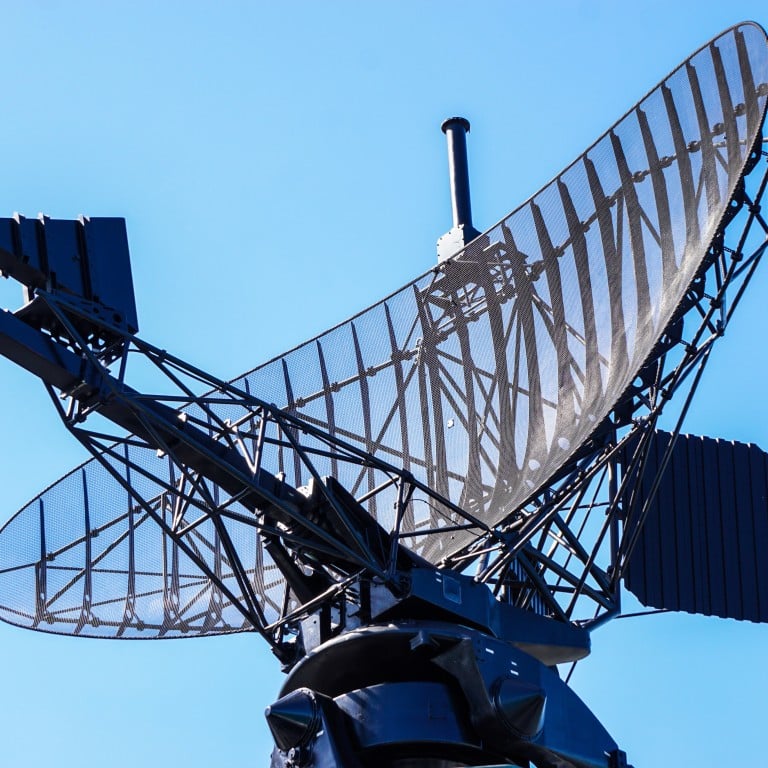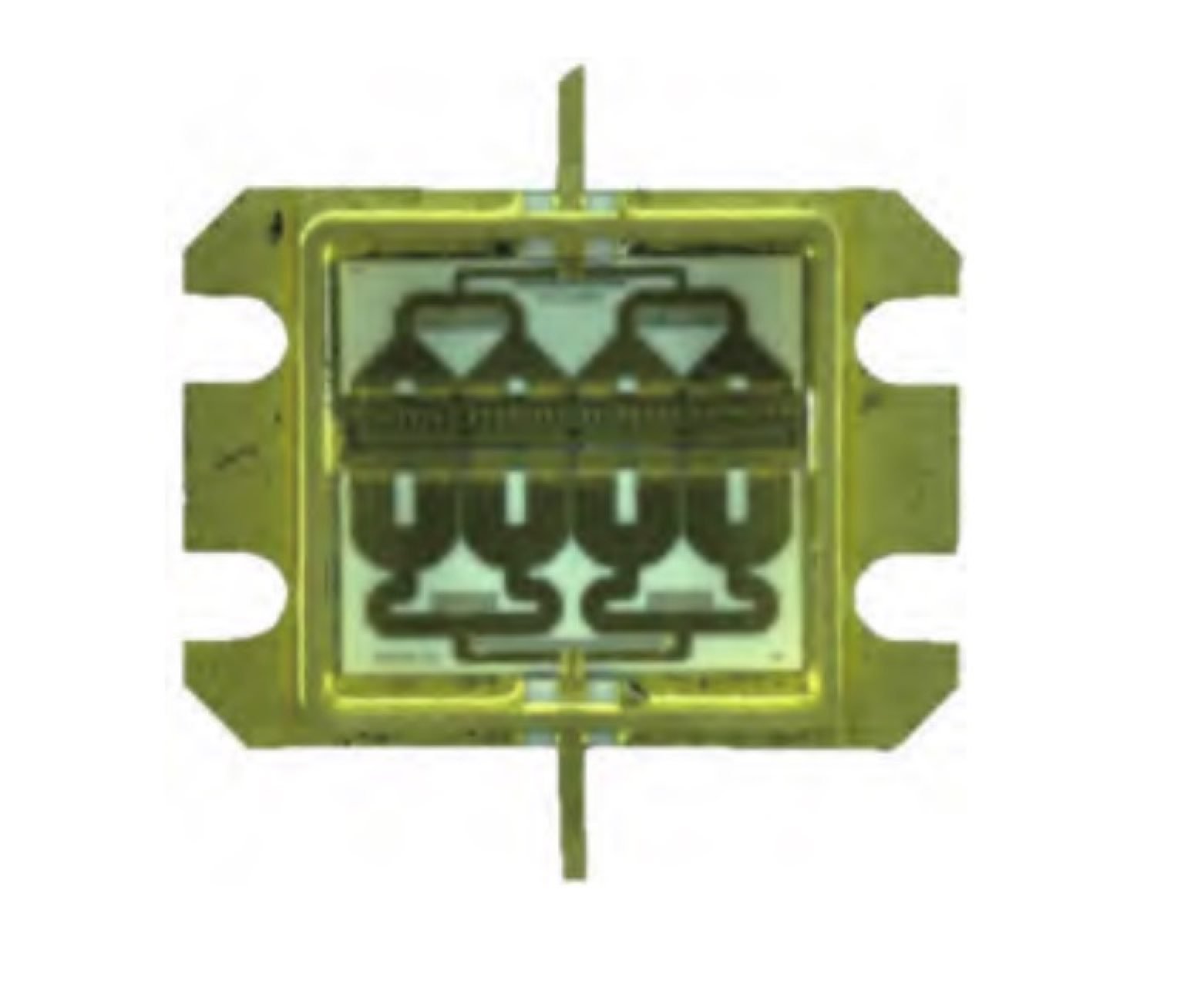Nan Yang
SENIOR MEMBER

- Joined
- May 1, 2010
- Messages
- 5,269
- Reaction score
- 1
- Country
- Location
Amid US tech sanctions, Chinese scientists say they made the world’s most powerful radar chip
- New semiconductor performs at orders of magnitude higher than similar power-amplifying chips in most existing radar systems, says Chinese team
- It uses gallium nitride despite export bans by the US government blocking high powered gallium-based semiconductors to China

Stephen Chen in Beijing
Published: 8:00pm, 13 Sep, 2023

A Chinese team says its new chips can be used to build an extremely powerful radar that operates in X band and can be mass-produced at relatively low cost. Photo: Shutterstock Images
A research team with a major Chinese defence company says it has built a radar chip with a record power output using semiconductor technology that is the subject of strict US sanctions.
The finger-sized chip can generate radar signals with peak power reaching 2.4 kilowatts. It is one or two orders of magnitude higher than the performance of similar power-amplifying chips in most existing radar systems.

Chinese scientists say they have developed a radar component that contains a homegrown chip that can produce record power output in X band. Image: China Electronics Technology Group Corporation
The new chips can be used to build an extremely powerful radar that operates in the X band – a high-frequency microwave range used mostly by the military to identify threats and guide missiles – and can be mass-produced at relatively low cost, according to the researchers.
Existing chip technology “cannot meet the demand of new, ultra-high power microwave systems due to their relatively low power density”, said the team led by senior engineer Hu Yansheng, of the China Electronics Technology Group (CETC).
The new chip had “a bright future in practical applications”, Hu and his colleagues said in a paper published in the peer-reviewed journal Research and Progress of Solid-State Electronics last month.
In June, China unveiled a plan to build the most powerful radar for a warship.
Scientists involved in that project expected the new-generation active phrase array radar would generate signals with power reaching 30 megawatts, strong enough to detect targets 4,500km (2,800 miles) away.
It would require “tens of thousands” of chips working seamlessly together to generate powerful electromagnetic waves in rapid pulses, the team said.
But few products in the global market can meet this extreme power requirement, according to Hu’s paper.
Their new chip uses gallium nitride, a semiconductor material. Gallium is a rare metal that can boost the power and efficiency of electronic devices.
The US government and its allies have imposed a rigorous export ban on high-powered gallium-based semiconductors to China. China produces more than 80 per cent of the gallium in the world. In July, Beijing imposed its own export restriction on the metal.
The layer of gallium nitride in the chip is just a few nanometres thick, allowing it to generate strong signals with a rapid flow of electrons.
But at a power output beyond 1 kilowatt most gallium-based semiconductors are subject to breakdown because a leakage of electrons occurs under high voltage, according to Hu’s team.
The researchers added aluminium to gallium nitride, which could be a barrier to prevent electrons leaking. However, adding too much aluminium could affect the electron flow and reduce the chip’s peak power.
In the paper, Hu and his colleagues shared their optimal chemical composition formula, discovered after much trial and error.
Hu’s team also redesigned the gate, a key component in the chip for signal emission. They changed it from a commonly used T-shape to a V. This small modification significantly increased the radar signal’s power and quality, they said.
Heat stress has been a major threat to radar operation, but the new chip can stay at a temperature far below the safety threshold, even when working at maximum power, according to the researchers.
Increasing US sanctions have driven the Chinese government, military and companies to invest more in tech innovation.
Shenzhen-based tech giant Huawei, which has been a major target of the US government and lawmakers in recent years, last month launched the first 5G phone to make satellite calls.
The smartphone can transmit a signal powerful enough to reach a high-orbit communication satellite 36,000km away without using a visible antenna.
This ultra-long range communication capability, which was previously thought impossible, was achieved with chips entirely designed and made in China amid US export bans.

Huawei kept details of the technology secret, but some Chinese users have reportedly made satellite calls with the phone in the desert, ocean or on commercial airlines.
Last edited:
